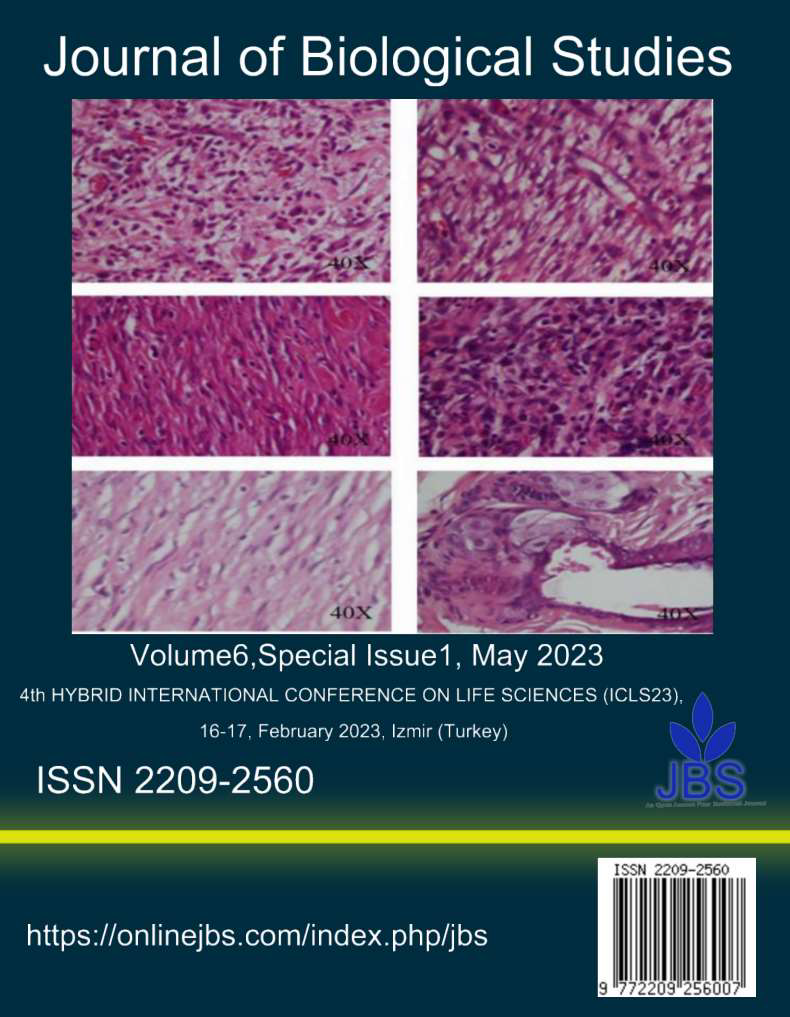Socio–economic aspects of the integrated gher farming system of Dhopakhali union at Kachua upazila in Bagerhat district, Bangladesh
Main Article Content
Abstract
A study was conducted at Dhopakhali union under Kachua upazila of Bagerhat district in Khulna division from December 2021 to February 2022, with a view to know the current practices of integrated rice–shrimp–prawn–white fish in gher farming system. It was found from this study that 80% farmers acquired experience on gher farming system, and 20% farmers had taken training from GOs, NGOs and other organizations. Among these 80% farmers, 33% farmers acquired their experience by self–study, and the remaining 67% gained experience from friends and neighbors. The average land size in the study area was 0.90 acre or 0.39 ha. The information was collected from 15 farmers with questionnaire interviews, which include the physical condition of the ghers, pre–stocking management, stocking management, post–stocking management, integrated gher farming, social condition of gher farmers, production and cost–benefits. No standard stocking densities were followed by the respondents in the study area and as a result, stocking density was varied from farmer to farmer. During the survey, the average stocking densities of shrimp and prawn were found to be 31,191 PL/ha and 12,686 PL/ha, respectively. The average annual cost of production was 3,47,965.60 BDT/ha in the integrated paddy + shrimp + prawn + white fish + vegetable farming systems. The average annual income was obtained to be 6,60,043.55 BDT/ha from the paddy + shrimp + prawn + white fish + vegetable farming system with a net profit of 3,12,977.94 BDT/ha and the cost–benefit ratio was obtained to be 1.0:1.9. The average annual cost was calculated to be 2,65,436.96 BDT/ha from the only integrated shrimp + prawn + white fish + vegetable without paddy in the gher management systems with an average annual income of 5,29,805.77 BDT/ha. Net profit was estimated to be 2,64,368.81 BDT/ha and the cost–benefit ratio was obtained to be 1.0:2.0 from the only shrimp + prawn + white fish + vegetable without paddy in the integrated gher farming systems. The yield of paddy per year was reported to be 8,034 kg/ha. In the study area, it was found that fish farmers did not have enough credit facilities and sufficient scientific knowledge on the integrated gher farming system. Therefore, they need appropriate training on aquaculture management as well as adequate funding opportunities to improve the gher farming system in a significant manner in commensurate with the national demands.
Article Details

This work is licensed under a Creative Commons Attribution 4.0 International License.
